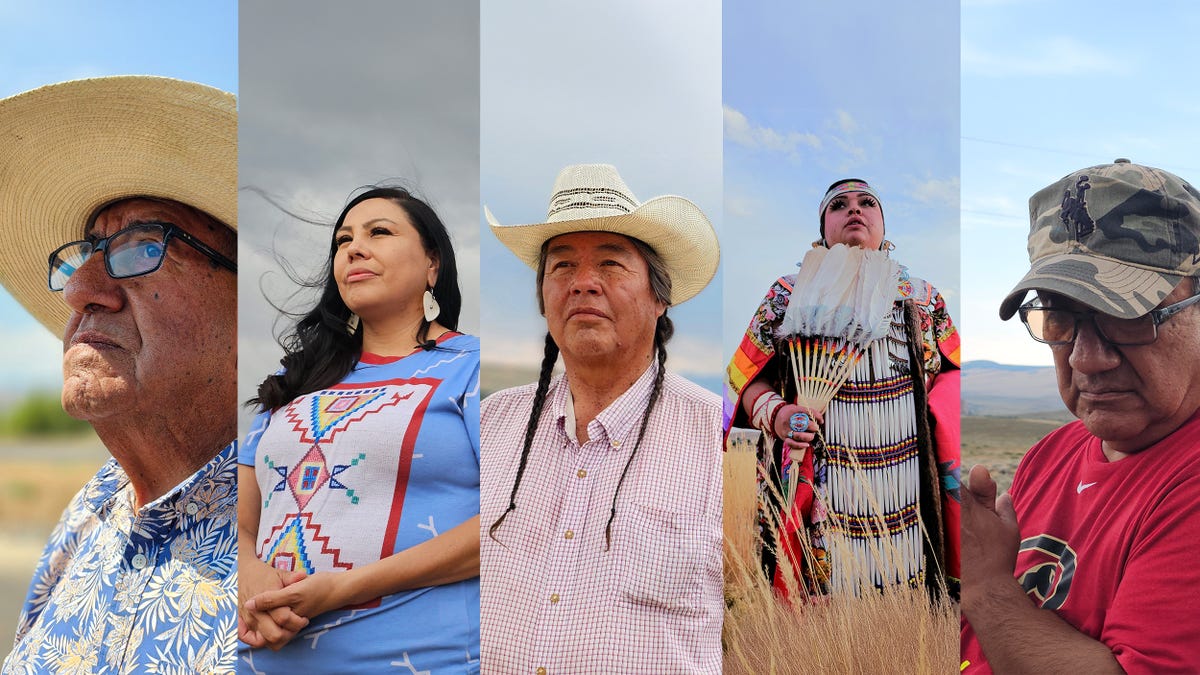Sign up for CNN’s Wonder Theory science newsletter. Explore the universe with news on fascinating discoveries, scientific advancements and more.
CNN
—
A marine heat wave has killed approximately half of Alaska’s common murre population, marking the largest recorded die-off of a single species in modern history, research has found. The catastrophic loss points to broader changes in marine environments driven by warming ocean temperatures, which are rapidly and severely restructuring ecosystems and inhibiting the ability of such animals to thrive, according to a new study.
The Northeast Pacific heat wave, known as “the Blob,” spanned the ocean ecosystem from California to the Gulf of Alaska in late 2014 to 2016.
The event is considered the largest and longest known marine heat wave, with temperatures rising by 2.5 to 3 degrees Celsius (4.5 to 5.4 degrees Fahrenheit) above normal levels, said Brie Drummond, coauthor of the study that published December 12 in the journal Science.
Common murres, or Uria aalge, are known for their distinctive black-and-white feathers, resembling the tuxedoed look of penguins. These predators play a critical role in regulating energy flow within the marine food web in the Northern Hemisphere.
While murres have experienced smaller die-offs in the past as a result of environmental and human-induced factors, they typically recover quickly when favorable conditions return. However, the magnitude and speed of the die-off during this heat wave was particularly alarming to Drummond and her team.
The researchers determined the scale of this catastrophic population loss by tracking extreme population declines at 13 colonies across the Gulf of Alaska and Bering Sea that have been monitored long-term. By the end of the 2016 heat wave, Drummond and her team counted more than 62,000 common murre carcasses, which only accounted for a fraction of those lost since most dead seabirds never appear on land.
From there, biologists monitored the rate at which common murres were dying and reproducing and found no signs of the colonies returning to their previous size.
“The only reason we had this data and were able to detect this (event) was that we had these long-term data sets and long-term monitoring,” said Drummond, a wildlife biologist at the Alaska Maritime National Wildlife Refuge. “(Monitoring) is the only way we’ll be able to continue to look at what happens in the future.”
As temperatures in Alaska rose, the murres’ food supply dwindled, with one of their primary prey, Pacific cod, plunging by about 80% between 2013 and 2017, the study revealed. With the collapse of this key food source, about 4 million common murres died in Alaska within the period from 2014 to 2016, the researchers estimated.
“There are about 8 million people in New York City, so it would be like losing half of the population … in a single winter,” Drummond said.
Before the start of the 2014 heat wave, Alaska’s murre population made up 25% of the world’s population of the seabird species.
However, when comparing the seven-year period before the heat wave (2008 to 2014) with the seven-year span following (2016 to 2022), the study found the murre population in 13 colonies spread between the Gulf of Alaska and Bering Sea declined anywhere from 52% to 78%.
Drummond and her colleagues continued monitoring the murres from 2016 to 2022 after the end of the heat wave but found no signs of recovery.
While further research is necessary to fully understand why murres are not bouncing back, Drummond’s team believes the changes are driven by shifts in the marine ecosystem, especially those associated with food supply.
Reproductive challenges and relocation difficulties also may be contributing to the species’ lack of rehabilitation, according to Dr. Falk Huettmann, an associate professor of wildlife ecology at the University of Alaska, Fairbanks, who was not involved in the study.
Unlike some other species, seabirds such as murres take a longer time to reproduce, making repopulation a slower process, Huettmann said.
Additionally, Huettmann noted that murres are bound to the colonies they reside in, and as they are forced to relocate, it can be more difficult to adjust to new conditions.
While temperatures continue to rise in areas such as Alaska, tropical or subtropical waters are moving into different areas, Huettmann said, which creates conditions for an entirely new ecosystem.
With these environmental shifts, animals will either adapt or be unable to survive in the new climate.
Murres are not the only species in Alaskan waters undergoing significant changes. Huettmann noted the tufted puffin, a sensitive marine bird, has been seen migrating north because of poor conditions in southern areas of the North Pacific, including California, Japan and Russia, yet it’s struggling to adapt to its new home. King salmon, whales and crabs are other species grappling with finding their place, he said.
While heat waves have affected many species, other populations aren’t substantially impacted, Drummond said.
Half of the data collected from organisms such as phytoplankton and even homeothermic top predators presented “neutral” responses to the heat wave. Twenty percent of these apex predators even responded positively to the abnormal heat exposure, according to the study.
Homeothermic animals, including birds and mammals, have stable internal body temperatures regardless of the environmental temperature.
“That gives us perspective on which species might more readily adapt to these kinds of warming water events in the future and which will not,” Drummond said.
Although rising temperatures are the primary factor affecting animals like murres, other elements also may be contributing to marine life changes.
“From an ecological perspective … microplastics, ocean acidification, sea levels rising and chronic oil spills … are other massive mortality factors at play,” Huettmann said.
However, studies tracking the long-term effects of climate events on marine life are limited, so scientists are still uncertain about how these animals will continue to be impacted in the future.



























/cdn.vox-cdn.com/uploads/chorus_asset/file/24924653/236780_Google_AntiTrust_Trial_Custom_Art_CVirginia__0003_1.png)




/cdn.vox-cdn.com/uploads/chorus_asset/file/25672934/Metaphor_Key_Art_Horizontal.png)

